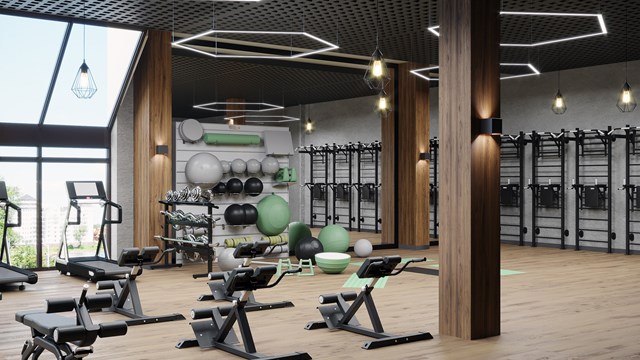
Q. Our new condominium association contains, as part of its common elements, an atrium and courtyard. What do I need to know about instituting rules and regulations for these common areas in light of the fact that the board would like to afford residents the opportunity to “rent” the atrium and courtyard for parties or other functions?
— Novice Board Member
A. “Many associations have common amenities like a clubhouse, atrium, library or other area capable of allowing residents to gather,” notes attorney Mark Einhorn, a partner at the firm of Marcus, Errico, Emmer & Brooks in Braintree, Massachusetts. “While allowing residents the added benefit of using the space privately may be desirable, boards should take reasonable steps to ensure the association is adequately protected from liability issues and damage caused to the space.
“First, boards should be aware that venues which are open to the public are subject to the American with Disabilities Act (the “ADA”), while areas that are not open to the public are not. If a condominium has a clubhouse, and the clubhouse is used exclusively by residents and owners of the condominium (and their guests), the ADA does not apply, as the area is not open to the public. However, if the condominium association, for instance, decided to lease or license the use of the clubhouse to an outside organization, such as the Girl or Boy Scouts of America, the room would then be subject to the ADA, and this could pose an issue if the building entranceways or exits and/or restrooms did not meet the ADA guidelines for accessibility.
“In addition to possible compliance issues, allowing outside groups to use the clubhouse or other space also poses the difficulty in choosing what groups will be allowed, and what will not be allowed. Accordingly, associations should consider these issues (and others) before allowing an outside group use of the clubhouse, and in general, the better practice is to allow the private use of common area only to use by the residents of the condominium.
“If your association allows the private use by residents of the clubhouse or other space, it should do so using some form of a written agreement, such as a reservation form or license agreement. Though the form does not have to be lengthy or filled with legalese, as a basic concept, it should address, among other items: 1) the date, time and duration that the use will be made; 2) responsibility of person making the reservation (and if by a tenant, agreement by the owner of the unit that he or she authorizes the use and accepts responsibility, and indemnifies the association; 3) limits as to use – such as private social function only of invited guests – rather than commercial events open to the public; 4) a deposit and/or a fee which will be paid for the use; 5) any other items such as parking, trash removal or cleaning, which may be applicable.
“In addition, the association should also consider and decide if alcohol may be served. If it is, additional provisions should be made to limit the potential liability of the association should be made. For example, the association can require that the person reserving the room obtain what is referred to as Social Host Liability Insurance, and the association should be listed as additional insured on the policy. Likewise, to be more conservative, the association could go further and require that any alcohol be served by a licensed and insured caterer, but this may or may not be appropriate for all gatherings, depending on the nature of the property, and extent of a gathering.
“In addition to the license agreement for the actual use, it is recommended that more general items governing the use of the clubhouse be adopted by rule and regulation and those rules can be incorporated into the agreement.
“In summary, offering the use of common space for private functions can be an additional benefit for residents but, as with almost everything, should be done with some thought and care, and a written agreement and rules so that both parties (the resident and the board) understand what is and what is not permitted and expected.”






Leave a Comment